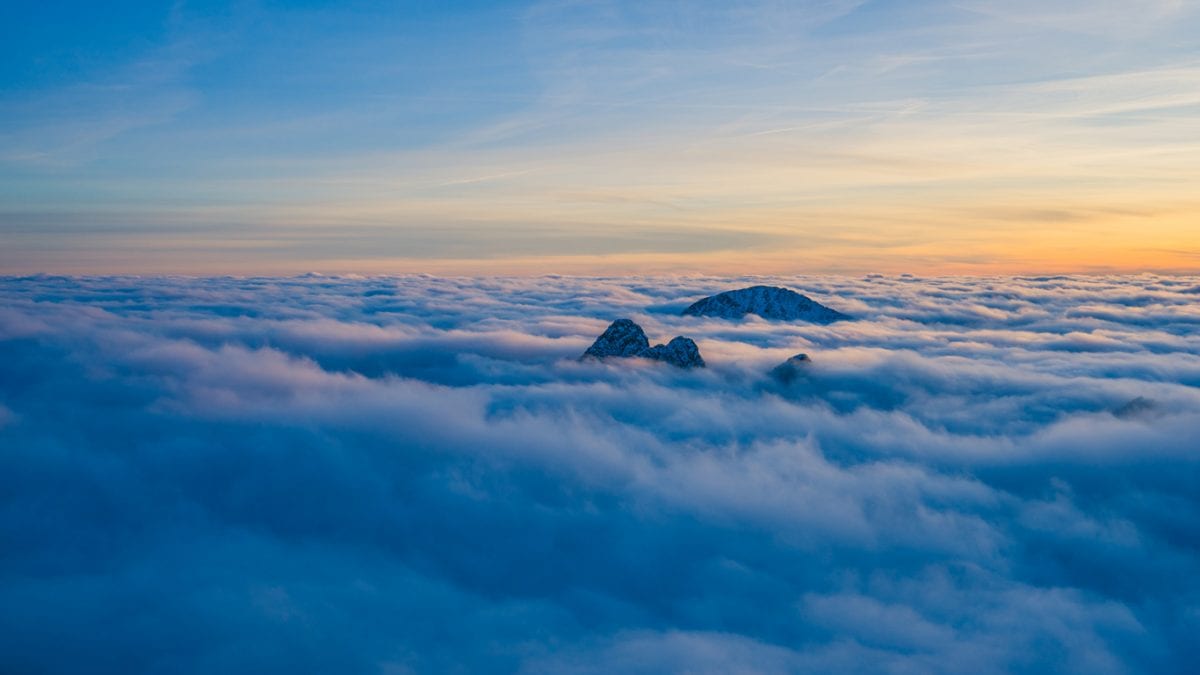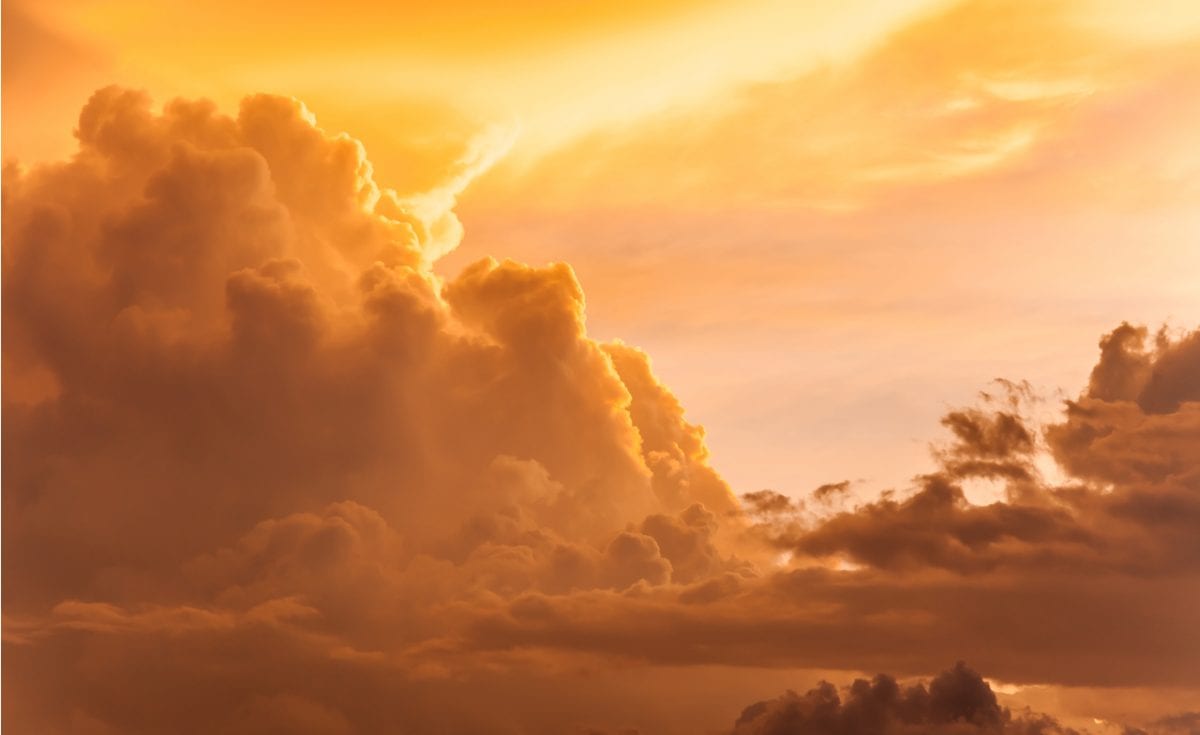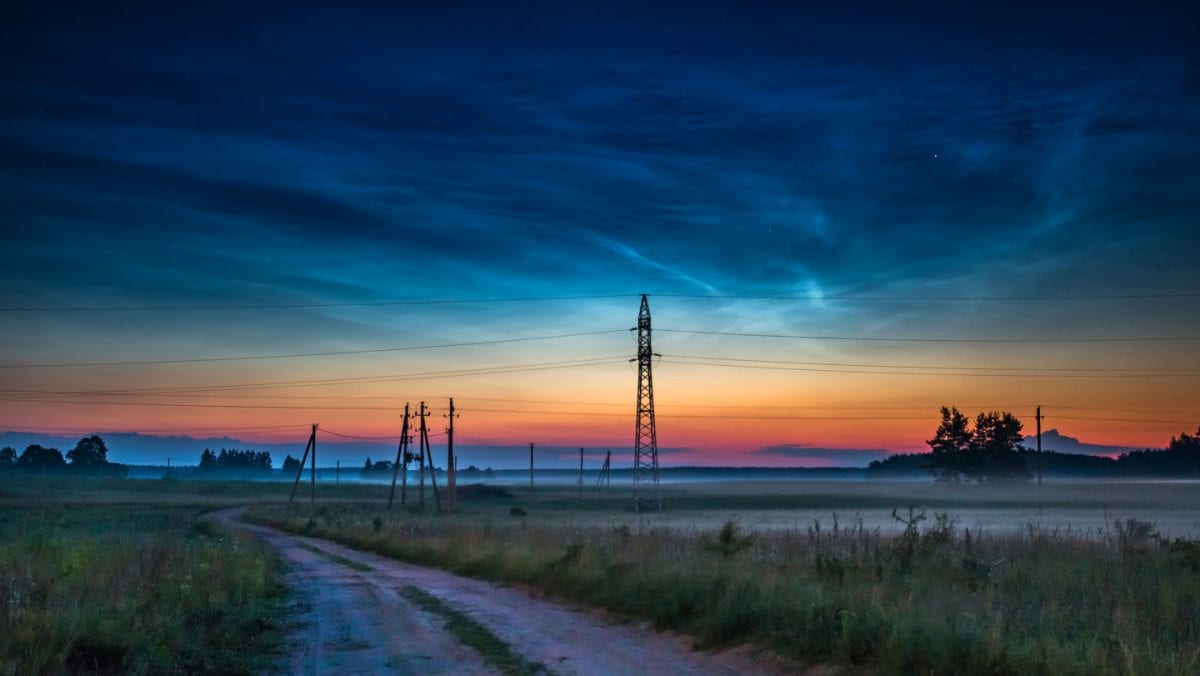Let’s take a moment to go revisit our childhood days, to that one magical moment when we would stare blankly at the clouds for a good five to ten minutes before we would notice them moving – somehow we thought of them as fluffy cotton balls floating above in the midst of an infinite almost incomprehensibly vast blue sky- a magical scene indeed.
The majestic yet mysterious allure of the sky may go unnoticed for most of the adults, who by now already know that clouds are made up of atmospheric tiny droplets of water and the scientific rationale behind this phenomenon. These floating masses of water vapor are formed when water from the Earth goes up to the sky as vapors after undergoing evaporation, condensing back into the air and voila, a white, almost cotton-like cloud is formed, any grade-schooler would know this. But perhaps, there are a lot of things we still don’t know about clouds. Here are some of the most interesting facts about them you might not be aware of:
Clouds Are Not Weightless
We get it, they really do look like soft cotton and floating effortlessly, giving us the illusion of weightlessness hence the common misconception that the floaters weigh nothing. However, this is not the case; they are basically made up of tiny droplets of water, and water is certainly not weightless, in fact, most of your body is water!

During fair weather, cumulus clouds, for example, could weigh as much as 1 million pounds- just imagine having to carry that chunk of heavy cotton, and during thunderstorms, these weigh even heavier! Yet, they still remain afloat in the air, how is that possible? Well if you think about it, that’s quite a fascinating phenomenon to ponder about.
Clouds Can Be Made by Humans
Although clouds are made by nature, there are certain instances when humans’ activities can prompt them to appear. Contrails, short for condensation trail, happen as a result of jets and airplanes passing through the sky. For kids, this is a fun way to know if an aircraft had passed by the area or not.
Contrails oftentimes linger in the sky for a good hour or they can disappear immediately. Specifically, these plumes are formed from the hot exhaust of jets and planes condensing in the cold air in the higher altitudes.
Iridescence
Have you ever seen a puddle of water which has a bit of oil mixed in it along the road and displays a mix of various colors especially when hit by the sun? that’s iridescence for you. There are also times when you look at clouds, particularly the portions near the sun, and notice that the edges somewhat emit a splash of colors.
If you happen to see one, you’re very lucky as this only occurs rarely. The iridescent clouds are a result of the diffraction of the droplets of water that scatter light into various directions, breaking down the color gamut. Speaking of rarity and iridescence, a more unusual view are the nacreous clouds, or basically a lot of iridescent clouds filling the sky, a phenomenon found in the polar regions.

The nacreous clouds, or polar stratospheric clouds, occur in the stratosphere, or high above what airplanes can fly to. Moreover, these form near or on the poles as they require a cold temperature.
Ice Is What Makes Up Cirrus Clouds
It is already established that clouds are scientifically made up of mostly water, but one specific type of clouds are made up of ice, called cirrus clouds. These look like thin, usually spread, clouds with wispy strands, like these were painted onto the sky using a paintbrush with the slight dabbing technique. These are formed near the upper layers of the atmosphere and are actually throngs of ice crystals with strong winds being the cause of their formation.
Virga
Speaking of cirrus clouds, more often than not, they are mistaken for Virga, a phenomenon in which precipitation doesn’t hit the ground. Basically, this is rain that disappears right before it hits us, and most people see this as clouds that almost embrace the grounds. Once you see this, it means it won’t likely rain, a perfect indication that you can continue on a nice activity.

Noctilucent Clouds
Also called the night-shining clouds, noctilucent clouds are a distant relative of the nacreous cloud. However, the former occurs in the mesosphere, high above the surface of the Earth. Even so, we can still see this wonderful phenomenon, and who wouldn’t want to? It’s an eye-catcher, thanks to the blue color it displays against a dark background. These mesmerizing clouds can be usually seen in places like Canada, Russia, and Scandinavia.
